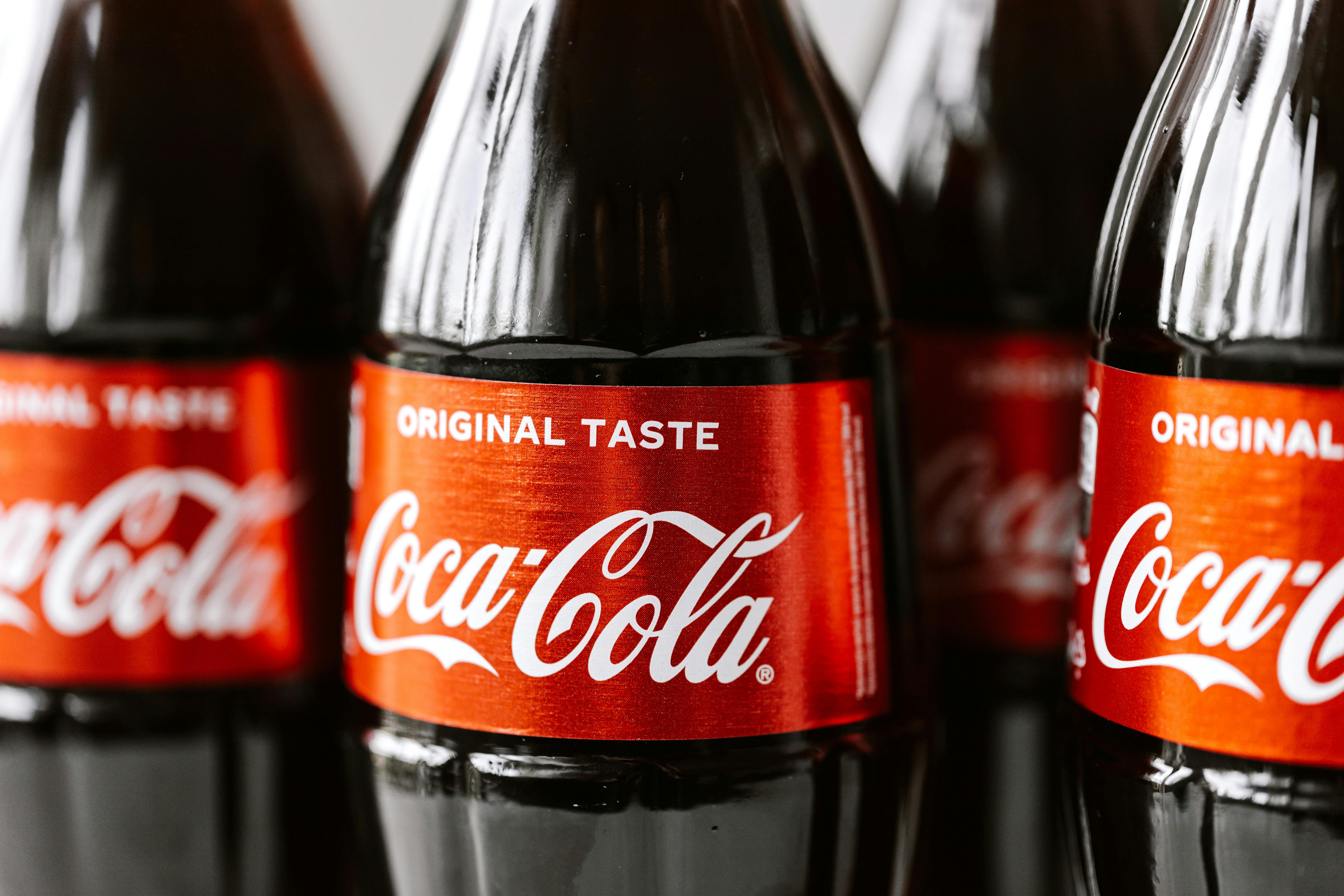Is Deionized water the same as Distilled water? This is a question that has been asked by many people, and the answer is not always easy to determine. Deionized water and Distilled water are both forms of purified water, but they are not the same. In this article, we will explore the differences between the two types of water and discuss why one might be better suited for certain applications than the other.Deionized water, also known as demineralized water, is water that has had its mineral ions removed, such as cations like sodium, calcium, iron, and copper, and anions such as chloride and sulfate. This process is achieved through the use of ion exchange resins which attract and bind the mineral ions in the water to create a purer form of H2O. Deionized water is often used in applications where pure water is necessary such as laboratory work or industrial processes.
Distilled Water
Distilled water is water that has been purified through a process of distillation. This process involves boiling the water and collecting the steam, which is then condensed back into liquid form. The result is a pure form of water with no impurities or dissolved minerals, making it ideal for many applications such as medical use or laboratory experiments. Distillation removes bacteria, viruses, heavy metals, and other contaminants that can be present in regular tap water. It also helps to reduce levels of chemicals such as chlorine and fluoride from municipal sources.
Distilled water is often used in medical settings for intravenous (IV) treatments and in dialysis machines when high purity of the water is required. It is also sometimes used in industrial processes where the presence of any impurities would interfere with the desired outcome. Additionally, distilled water can be consumed as drinking water by those who are looking for an alternative to tap water or bottled spring water.
In addition to its use for drinking and medical purposes, distilled water has many other applications including cleaning and sterilizing surfaces, washing clothes, filling batteries and car radiators, removing salt deposits from humidifiers and even
How Is Deionized Water Made?
Deionized water is created by passing regular tap water through a filtration system that removes all of the mineral ions, such as calcium, magnesium, and sodium. This filtration process is known as ion exchange, and it can be done using either a strong acid cation (SAC) filter or a mixed bed deionization (MBD) filter.
The SAC filter uses an acidic resin to remove positively charged molecules such as calcium and magnesium from the water. The MBD filter uses both acidic and basic resins to remove both positive and negative ions from the water. Both filters are effective at removing mineral ions, but the MBD filter is generally considered to be more efficient.
Once the mineral ions have been removed from the water, it is then passed through a carbon filter to remove any organic compounds or chlorine that may be present in the water. After this process has been completed, the water is now considered deionized and can be used for a variety of purposes such as industrial cleaning or laboratory testing.
How Is Distilled Water Made?
Distilled water is made through a process called distillation. This process involves boiling water and then collecting the steam that is produced. The steam is then cooled and condensed back into liquid form, resulting in pure distilled water. It is a very effective way of removing impurities from water, including bacteria, salts, minerals, and other contaminants.
The process of distillation begins by heating the source of water until it boils. As the steam rises, it leaves behind any solids or other contaminants that may be present in the water. The steam is then collected in a separate container and cooled so that it condenses back into liquid form. This condensed liquid is free from any impurities and contains only pure distilled water.
Once the distilled water has been collected, it can be used for drinking or other purposes as needed. Due to its purity, it is often used for medical purposes such as intravenous solutions or kidney dialysis treatment. It may also be used in laboratories for experiments where certain levels of purity are required in order to get accurate results.
In addition to being used for drinking and medical purposes, distilled water
Are Deionized and Distilled Waters the Same?
No, deionized and distilled waters are not the same. Deionization is a process that removes ions from water, which makes it ideal for use in electronics and other sensitive applications. Distillation is a process of heating water to its boiling point so that contaminants are left behind, then capturing the vapor and cooling it back into liquid form. Deionization does not necessarily remove all contaminants, while distillation does.
The difference between deionized and distilled water is that deionization removes ions from the water while distillation removes impurities by heating the water until it evaporates, leaving behind solid contaminants. In addition, deionized water can still contain dissolved solids such as bacteria or minerals that have not been removed through the filtration process. This means that although deionized water may have fewer impurities than untreated tap water, it will still contain some amount of dissolved solids.
Another difference between the two processes is that deionization does not remove bacteria or other living organisms from the water, while distillation does. Distillation also has the advantage of producing higher purity levels

Deionized and Distilled Waters
Deionized water and distilled water are two types of purified water. Both types of water contain close to zero levels of dissolved solids, making them ideal for many laboratory and industrial uses. However, there are some key differences between deionized water and distilled water that affect their usefulness in specific applications.
The primary difference between deionized and distilled water is the method used to achieve purification: deionization is a chemical process while distillation is a physical process. Deionization involves passing the water through a resin bed that removes charged particles, while distillation involves boiling the water and then condensing the steam back into liquid form.
Deionization can remove more contaminants than distillation, so it produces a higher quality of purified water than distillation. Deionization removes all impurities from the feedwater, including minerals, salts, metal ions, organic molecules, and microorganisms. Distillation only removes non-volatile impurities such as minerals and salts.
Deionized water also has a higher electrical resistance than distilled water because it has fewer dissolved solids. This makes it ideal for systems that
Deionized and Distilled Waters
Deionized and Distilled Waters are both purified forms of water, which means that they have been treated to remove any impurities, such as minerals, salts, and other contaminants. The main difference between them is the process used to purify the water. Deionized water has been processed to remove all ionized particles, while distilled water has been boiled and condensed to remove all traces of impurities. Both types of water can be used for a variety of applications, including drinking, culinary uses, industrial processes, and scientific experiments.
Drinking
Deionized and Distilled Waters are both safe for human consumption. However, deionized water may have a slightly salty taste due to the lack of minerals in the water. For this reason, distilled water is preferred for drinking because it tastes more like tap or bottled water. Both types of water can be used for cooking as well.
Culinary Uses
Deionized and Distilled Waters can both be used in food
Deionized and Distilled Waters
Deionized and distilled waters are two types of water that have been purified to remove contaminants. Deionized water has had its ions removed, while distilled water has been boiled and the steam collected for use. Both types of water have their advantages when it comes to drinking, cleaning, or other uses.
One advantage of drinking deionized or distilled water is that it is free of minerals and other contaminants that can be found in tap or well water. This is especially important when using the water for medical purposes, such as dialysis or kidney transplants. It also may be beneficial for those with sensitivities to certain minerals or contaminants found in untreated water.
In addition to drinking uses, deionized and distilled waters can also be used for cleaning purposes. For example, they can be used to clean delicate electronics or medical instruments without fear of leaving behind any residue from minerals or other substances that may have been present in untreated water. This makes them a great choice for laboratories where precision is key.
Lastly, deionized and distilled waters are also helpful in

Conclusion
Deionized water and distilled water are both types of purified water, but they are not the same. Deionized water has had its mineral ions, such as sodium, calcium, iron, and copper removed. Distilled water has not had its mineral ions removed and is instead created by boiling the water and collecting the steam. Both forms of purified water have their uses in various industries from power generation to laboratory use. It is important to know the differences between them so that you can make an informed decision when selecting them for your own applications.
In conclusion, deionized and distilled water are both forms of purified water with different properties that make each suitable for specific applications. Knowing which one to choose will help you get the most out of your project or process.

